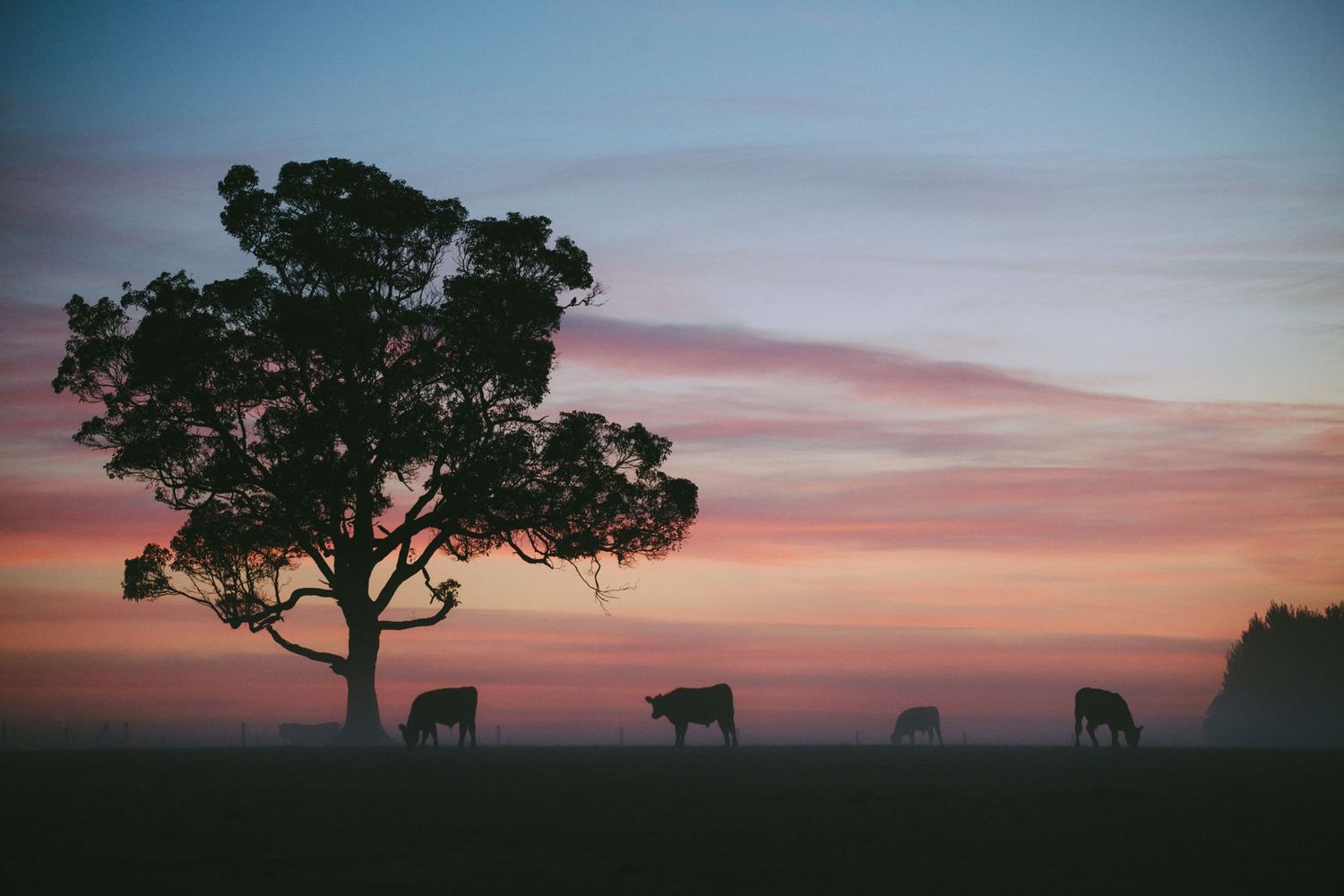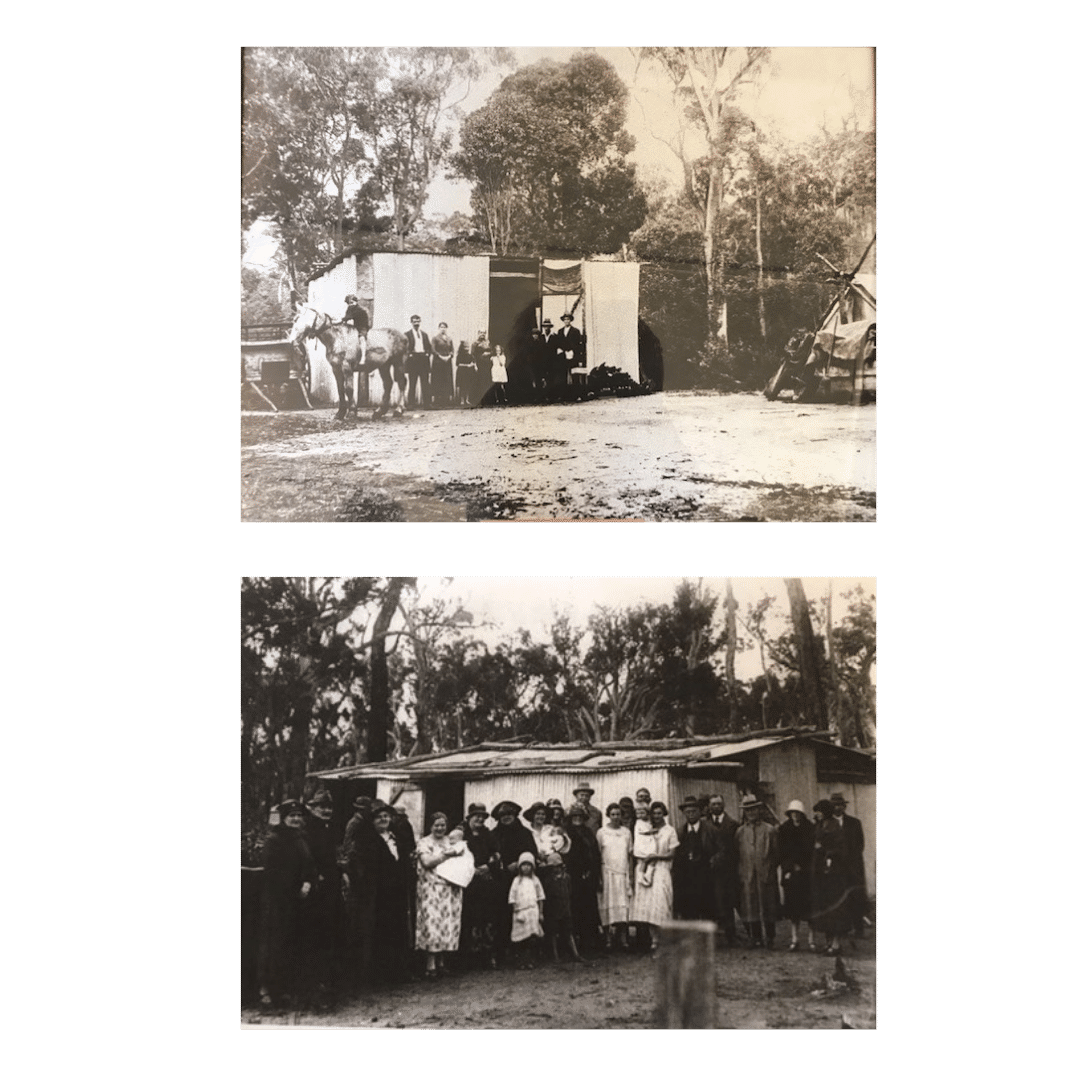On Margaret River’s 50,000-year human timeline, one generation transformed the region more profoundly than any other.
Yet many visitors know little of the Group Settlers’ story – an era of extraordinary hard work and hardship – which is about to mark its centenary.
In a quiet riverside spot near the town entrance, Margaret River and Districts Historical Society brings the tale to life through its Old Settlement museum – an original cottage, schoolhouse and outbuildings showcasing settler life in the 1920s.



